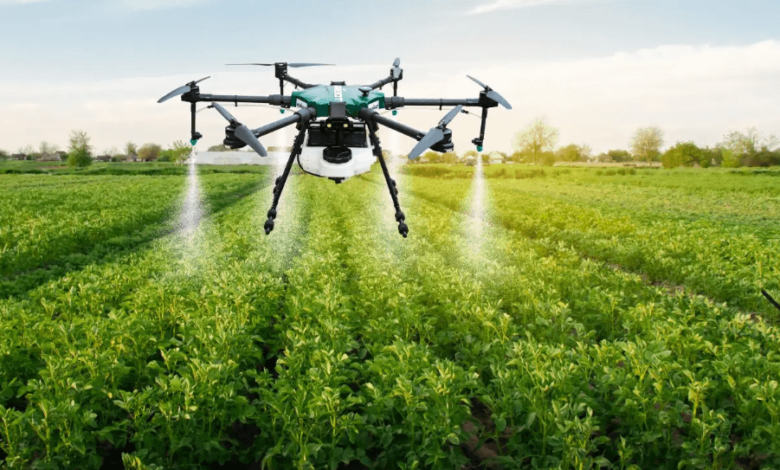The Role of Smart Vehicles in Urban Transportation

The emergence of smart vehicles is poised to significantly alter the landscape of urban transportation, introducing innovations that promise enhanced mobility and efficiency. These vehicles, equipped with advanced sensors and artificial intelligence, navigate complex city environments with greater ease, potentially alleviating congestion and improving air quality. However, the integration of smart vehicles into existing urban frameworks is not without its challenges and complexities. As urban planners and policymakers grapple with these issues, the question remains: how will the adoption of smart vehicles reshape our cities and the way we move within them?
Overview of Smart Vehicles
Smart vehicles, equipped with advanced sensors and artificial intelligence, represent a transformative shift in urban transportation by enhancing efficiency, safety, and sustainability within congested city environments.
These innovations are driven by smart vehicle technologies that facilitate autonomous driving, enabling vehicles to navigate complex urban landscapes with minimal human intervention.
This evolution paves the way for a more liberated, responsive, and intelligent transportation ecosystem.
Benefits for Urban Transportation
The integration of smart vehicles into urban transportation systems offers a multitude of benefits, including reduced traffic congestion, improved air quality, and enhanced safety for all road users.
By implementing advanced traffic optimization technologies, cities can achieve significant sustainability impacts, fostering a more efficient transportation network.
This innovation not only enhances mobility but also promotes a freer, more accessible urban environment for residents and visitors alike.
Challenges and Limitations
While the potential of smart vehicles in urban transportation is promising, several challenges and limitations must be addressed to ensure successful integration into existing systems.
Key issues include regulatory hurdles, technological limitations, and infrastructure requirements, alongside public acceptance and cybersecurity concerns.
Moreover, the environmental impact of smart vehicles must be assessed to promote sustainable development while maintaining urban mobility freedoms.
Future Trends in Smart Mobility
Emerging trends in smart mobility are poised to reshape urban transportation landscapes, driven by advancements in autonomous technologies, interconnected infrastructures, and innovative mobility solutions that prioritize efficiency and sustainability.
The integration of autonomous technology with connected infrastructure will enhance real-time data sharing, enabling seamless transit experiences.
As cities adapt, the potential for improved accessibility and reduced congestion will empower individuals, promoting a future of freedom in urban mobility.
Also read: The Role of Drones in Modern Technology
Conclusion
In conclusion, the integration of smart vehicles into urban transportation systems represents a pivotal evolution in mobility management.
With projections indicating that by 2030, smart vehicles could reduce traffic congestion by up to 30% in major cities, their potential to enhance urban efficiency and sustainability becomes evident.
Addressing existing challenges while leveraging ongoing technological advancements will be crucial in realizing the full benefits of smart vehicles, ultimately fostering a more responsive and resilient urban transportation ecosystem.





